Don't wanna be here? Send us removal request.
Text



A Canosan Painted Terracotta Figural Oinochoe, Circa 3rd Century BC III, The Kathryn Albert Collection.
26 notes
·
View notes
Text
The Lycurgus Cup
This extraordinary cup was probably made in Rome in the 4th century AD. It is the only complete example of a very special type of glass, known as dichroic, which changes colour when held up to the light. The opaque green cup turns to a glowing translucent red when light is shone through it. The glass contains tiny amounts of colloidal gold and silver (nanoparticles), which give it these unusual optical properties.

The cup is also the only figural example of a type of vessel known as a ‘cage-cup’ (or diatretum). It was made by blowing or casting a thick glass blank. This was then cut and ground away until the figures were left in high relief. Sections of the figures are almost standing free and connected only by ‘bridges’ to the surface of the vessel.
The scene on the cup depicts an episode from the myth of Lycurgus, a king of the Thracians (c. 800 BC). A man of violent temper, he attacked the god Dionysus and one of his maenads, Ambrosia. Ambrosia called out to Mother Earth, who transformed her into a vine. She then coiled herself about the king, and held him captive. The cup shows this moment when Lycurgus is entrapped by the branches of the vine, while Dionysus, Pan and a satyr torment him for his evil behaviour.

The theme of this myth – the triumph of Dionysus over Lycurgus – might have been chosen to refer to a contemporary political event, the defeat of the emperor Licinius (r. AD 308–324) by Constantine in AD 324.
The cup was bought by the Museum in 1958 from Victor, Lord Rothschild for £20,000. See this cup on display in Room 2a, which houses the Waddesdon Bequest.
You can read more about this astonishing cup in this blog post by British Museum Curator Belinda Crerar.
1K notes
·
View notes
Photo
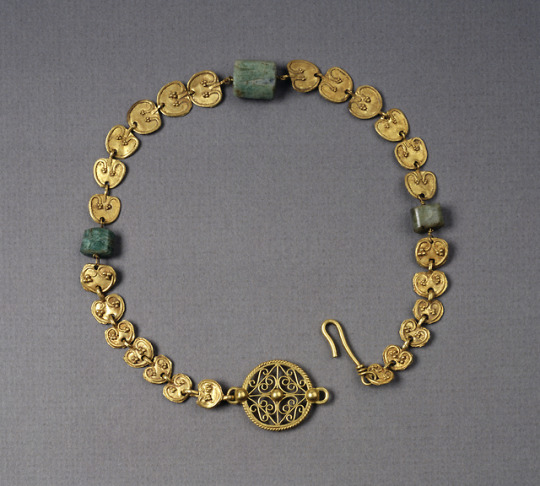
Gold and agate necklace, late imperial Rome or early Byzantine, c. 3rd century AD
2K notes
·
View notes
Text

Three layers of history in one building!
This home in the Fatih district of Istanbul has ancient Roman foundations under Ottoman-period archways, with the house dating to the start of the Turkish republic (c. 1920's).
📷@bursadabugun
More: https://thetravelbible.com/top-artifacts-from-ancient-rome/
2K notes
·
View notes
Text
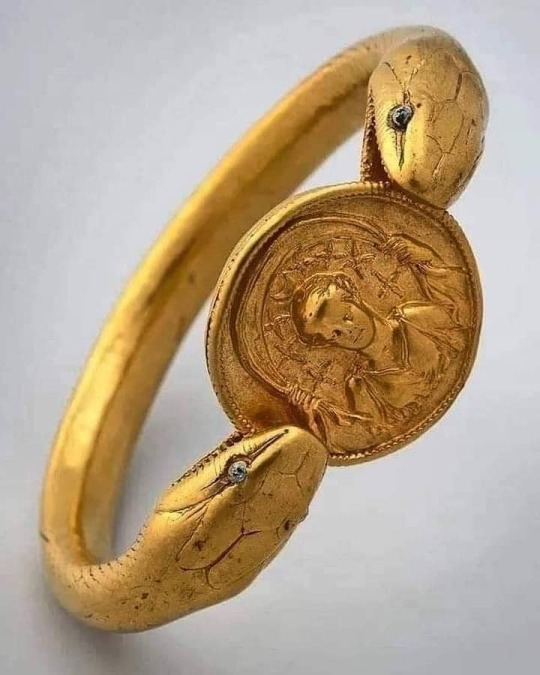
A 1st Century AD, Gold Bracelet (610g), from Pompeii. It depicts a two-headed snake with glass eyes holding a medallion of the goddess Diana.
More: https://bio.link/museumofartifacts
5K notes
·
View notes
Photo



Bronze head of Hypnos, god of sleep. Circa 1st-2nd century AD. At the British Museum. Via wikimedia (first 2) and the British Museum.
11K notes
·
View notes
Text

Silver kneeling bull with spouted vessel, Proto-Elamite, 3100 - 2900 BC
59 notes
·
View notes
Text
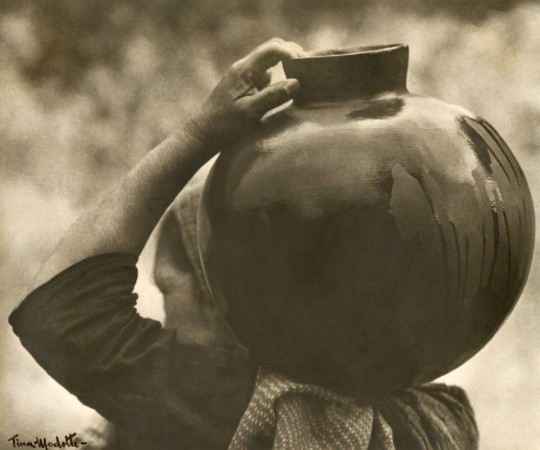
-1928 Campesina zapoteca con cántaro al hombro. México
Photo: Tina Modotti
135 notes
·
View notes
Text

Amber-coloured glass bowl, Roman, 1st century AD
62 notes
·
View notes
Text

Ancient Roman flask with gold band, end of 1st century BC/beginning of 1st century AD
56 notes
·
View notes
Text

The Ksar Draa in Timimoun, Algeria, is an ancient ruin that stands out in the middle of an ocean of dunes, and it's history has been lost over the centuries. The only news related to it is that for a certain period of time it was occupied by the Jews of the Timimoun region
See more
5K notes
·
View notes
Photo
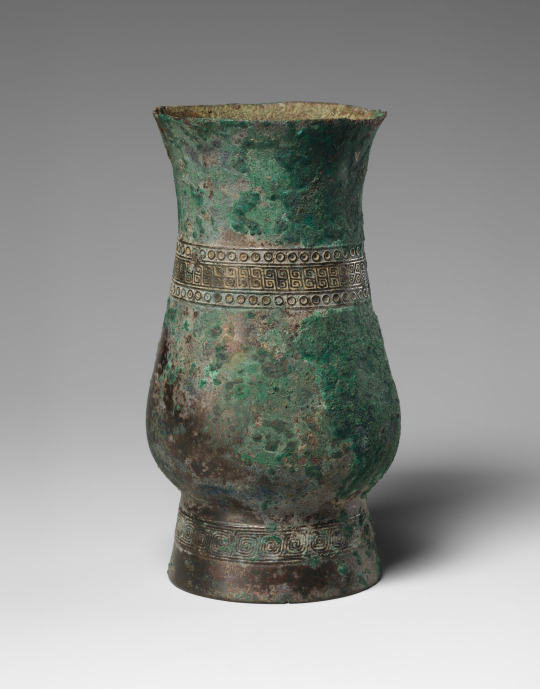
Ritual Wine Cup (Zhi). late 11th century BCE. Credit line: Munsey Fund, 1931 https://www.metmuseum.org/art/collection/search/42175
44 notes
·
View notes
Text
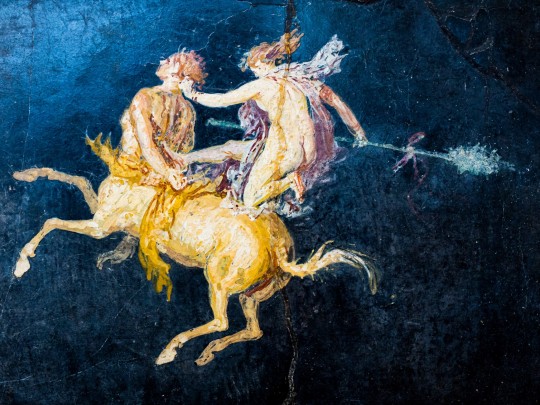
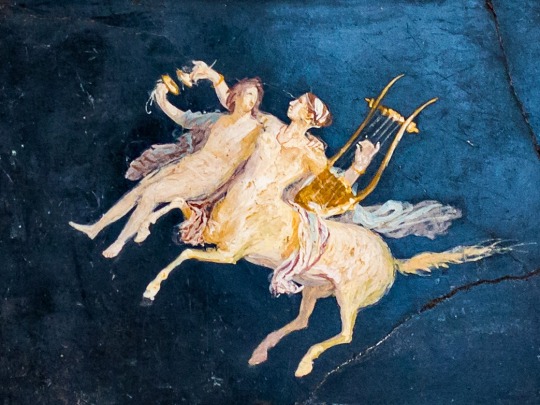


Centauri (I sec.), dalla Casa di Cicerone - Pompei, Museo Archeologico Nazionale, Napoli.
2K notes
·
View notes
Text
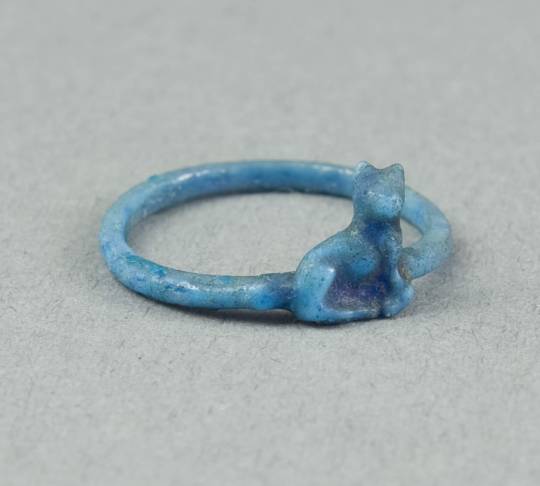
Cat finger ring
Faïence
New Kingdom Egypt, 18th Dynasty, c. 1390 B.C.E.
Art Institute of Chicago
#ancientEgypt #catmagick
11K notes
·
View notes
Text
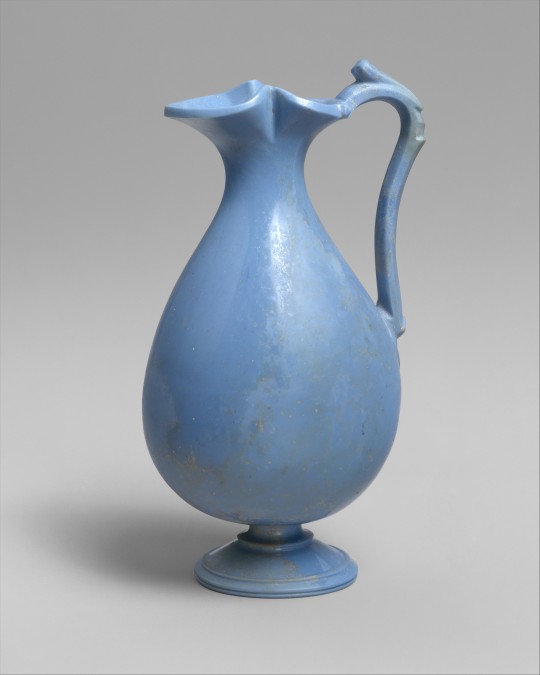
Glass oinochoe (jug). Roman late 1st century BCE–early 1st century CE. x
This elegant jug, whose shape imitates that of a metal vessel, shows how quickly the newly founded Roman glass industry mastered its medium. It represents a masterpiece of glassworking, using techniques that are now only imperfectly understood. After it was applied as a rough blank, the jug's handle was cold-carved into its final form. Similarly, the rim has been tooled and carved, and the base was added and cut down on a lathe. A similar method, combining hot and cold working, must have been used to produce early Roman cameo glass, notably the British Museum’s Portland Vase.
94 notes
·
View notes
Text


“Dionysos (wine-god)”, head wreathed with vines and holding a bunch of grapes. (2nd century A.D. copy of a lost Greek original (3rd century B.C.). The British Museum, London. marble
265 notes
·
View notes
